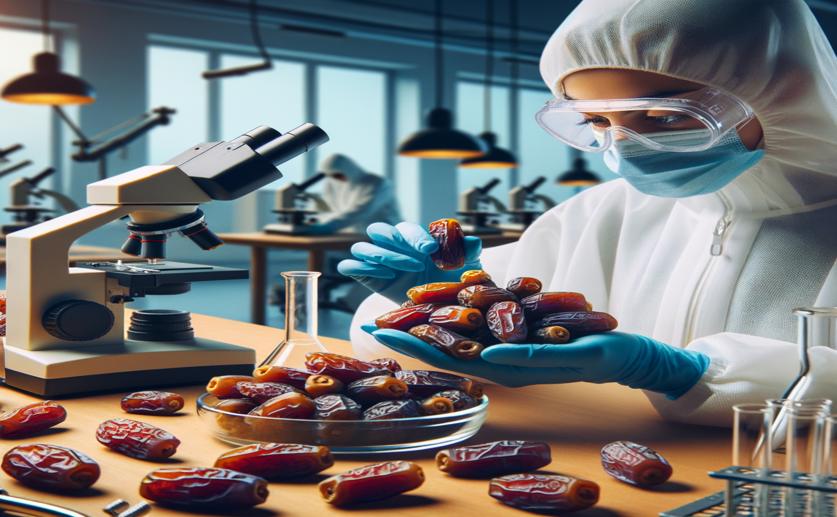
Extracting Health Benefits from Date Pomace Using Modern Techniques
Jim Crocker
5th June, 2024

Image Source: Natural Science News, 2024
Key Findings
- Researchers at United Arab Emirates University found that date pomace, a by-product of date fruit processing, can be efficiently used to extract beneficial polysaccharides
- The extracted polysaccharides have excellent physicochemical properties, making them suitable as thickeners or stabilizers in food products
- These polysaccharides also exhibit significant health benefits, including promoting the growth of beneficial gut bacteria and improving gut health
References
Main Study
1) Date pomace polysaccharide: ultrasonic-assisted deep eutectic solvent extraction, physicochemical properties, biological activities, gut microbiota modulation, and rheological properties
Published 4th June, 2024
https://doi.org/10.1186/s40538-024-00601-0
Related Studies
2) Polysaccharide isolated from Phellinus linteus mycelia exerts anti-inflammatory effects via MAPK and PPAR signaling pathways.
3) Isolation, structures and bioactivities of the polysaccharides from jujube fruit (Ziziphus jujuba Mill.): A review.
4) Towards a circular economy: valorization of banana peels by developing bio-composites thermal insulators.



 11th April, 2024 | Jenn Hoskins
11th April, 2024 | Jenn Hoskins